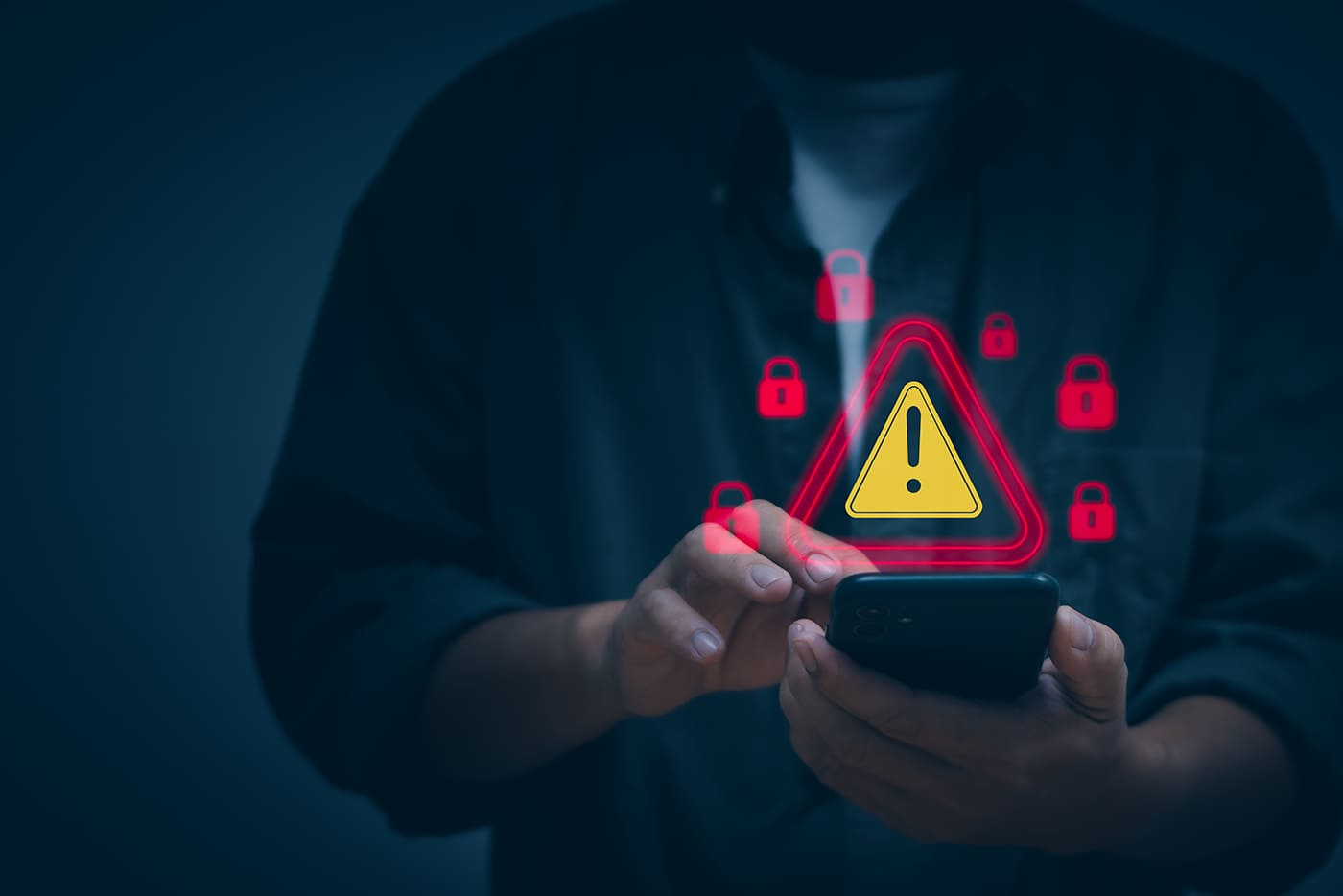The Dark Side Of Technology: Navigating The Threat Of Digital Impersonation
24 April 2023
Digital impersonation – when someone uses the name, image, or other identifying elements of a person, organization, or company for nefarious or fraudulent purposes – is on the rise on social media and other online platforms.
The U.S. Federal Bureau of Investigation (FBI) estimates that impersonation attacks have caused global losses of over $5.3 billion.
With so much of our lives happening online, we all need to cultivate strong digital threat awareness skills, which include understanding digital impersonation and knowing its warning signs.

Social Media Impersonation
Using this tactic, a cybercriminal can create a profile on a social media platform by stealing and using personally identifiable information (including your name, image, location, and background details). Scammers can impersonate individuals or organizations on social media, and you could be interacting with these fake accounts online.
Here are a few of the reasons cybercriminals create these types of fraudulent accounts:
● Phishing, or attempting to steal other people’s money, passwords, or personal data
● Getting individuals to click on malicious links
● Catfishing (using fake identities to form dishonest relationships online)
How to Protect Yourself Against Digital Impersonation
So how do you spot fake accounts? In general, fake accounts have been recently created, with only a few friends or followers. They will sometimes send odd-sounding messages that include suspicious links, or there may be spelling errors in their account names, URLs, or messages.
Be vigilant when you’re online, and don’t share personal information or images when you accept new friend or follower requests. Never give money to someone who asks for it online, and leave any site that looks suspicious.
If you’re concerned that scammers might steal your identity, adjust your privacy settings so your profile isn’t public, and think carefully about any information you share in your profile updates. For example, personal information like your kids’ or pets’ names could be used to create a fake digital account under your name.
To look for hackers who may have stolen your digital identity, do a regular online search for your name and see what comes up. With a reverse image search, you can also upload a photo and see where that image is being used online.
How the Metaverse Could Contribute to the Problem
The metaverse – a persistent, shared virtual world users can access through different devices and platforms using an avatar – is already delivering far more immersive experiences for users worldwide, and development is just getting started.
But with the wonder and awe that will come with the immersive world of the metaverse, there are also dangers.
In the metaverse, your online friends are recognizable because they appear as custom avatars. But a hacker could hijack your metaverse identity to perpetrate acts of fraud. For example, once a hacker is in your account, they could contact your friends and ask for passwords, data, money, or other information, all while posing as you online.
This kind of impersonation scam in the metaverse is even more intrusive and violating than other types of online impersonation, and it could lead to substantial financial or reputational damage.
You also risk unknowingly interacting with scammers in the metaverse. When a hacker appears in front of you in the metaverse, you may think you’re interacting with a friend – but it could be a stranger with bad intentions.
Metaverse users will need to be trained on how to avoid these types of social impersonation attacks to protect themselves and their networks.
Looking to the Future
Human beings are wired to trust others, and we have a deep need for connection that we often satisfy through digital interactions. Cybercriminals take advantage of these qualities and prey upon people who are consuming content quickly and can get caught off guard if they’re not paying close attention.
Researchers and other cybersecurity professionals are working with law enforcement and legal experts to find answers to this growing problem, but it’s in our best interest to cultivate digital threat awareness skills to protect ourselves against having our online identities hacked.
Related Articles
5 ESG Trends That Will Shape Business in 2026
By now, “smart” versions exist of just about every home appliance, gadget and gizmos we can think of. However, manufacturers continue[...]
The 5 Robotics Trends In 2026 You Must Get Ready For Now
By now, “smart” versions exist of just about every home appliance, gadget and gizmos we can think of. However, manufacturers continue[...]
10 Generative AI Trends In 2026 That Will Transform Work And Life
By now, “smart” versions exist of just about every home appliance, gadget and gizmos we can think of. However, manufacturers continue[...]
Dreamforce 2025 Proved The Agentic Enterprise Has Arrived
By now, “smart” versions exist of just about every home appliance, gadget and gizmos we can think of. However, manufacturers continue[...]
The 8 Biggest AI Agent Trends for 2026 That Everyone Must Be Ready For
By now, “smart” versions exist of just about every home appliance, gadget and gizmos we can think of. However, manufacturers continue[...]
7 Workplace Trends That Will Define 2026
By now, “smart” versions exist of just about every home appliance, gadget and gizmos we can think of. However, manufacturers continue[...]
Sign up to Stay in Touch!
Bernard Marr is a world-renowned futurist, influencer and thought leader in the fields of business and technology, with a passion for using technology for the good of humanity.
He is a best-selling author of over 20 books, writes a regular column for Forbes and advises and coaches many of the world’s best-known organisations.
He has a combined following of 4 million people across his social media channels and newsletters and was ranked by LinkedIn as one of the top 5 business influencers in the world.
Bernard’s latest book is ‘Generative AI in Practice’.










Social Media